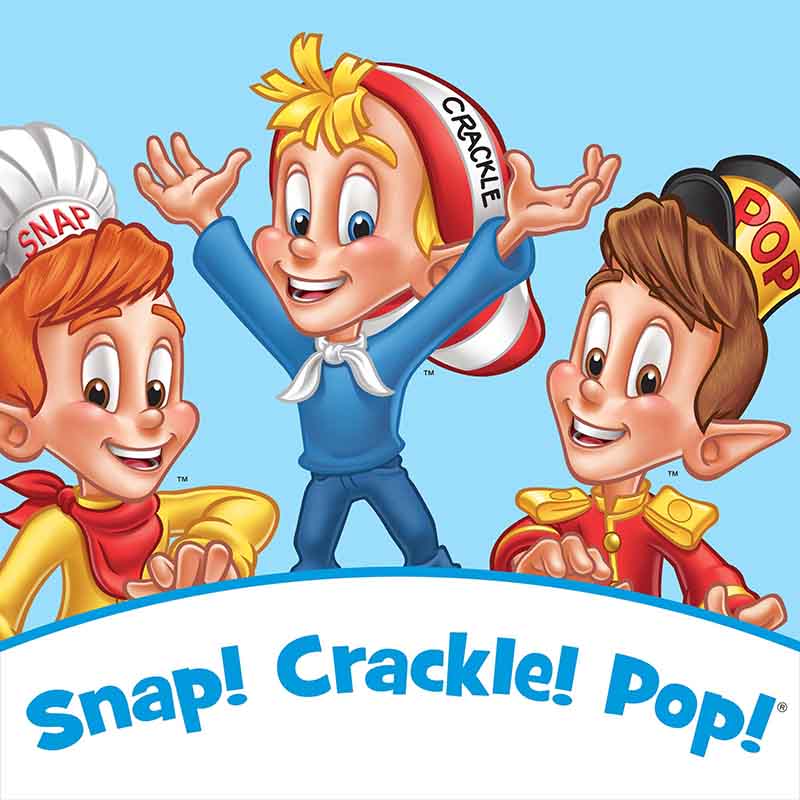the repetition of sounds at the beginning of words. For example – little lemurs love to leap.
Alliteration
a word that looks like it sounds. Words such as pop, crackle, snap, whizz, buzz, zing.


Onomatopoeia
is the turning point of the story, the highest point of tension. It is the point at which the conflict is to be resolved.
Climax
Every story includes at least one of the four main types of ________.
Conflict
the main character in a work.
Protagonist
the rise and fall of stress in spoken language.
Rhythm
comparing two things that are not alike to suggest something they might have in common. These often use forms of the verb “to be” (were, are, is, am, etc).
Metaphor
the planting of important clues to prepare the reader for what is to come.
Foreshadowing
involves a struggle between the character and his/her conscience. Examples are a woman who is tempted to steal money from her employer and a child who cannot decide whether or not to lie to his mother.
Character vs. Him/Herself
involves a struggle between a character and the rulers or laws that govern the society in which he/ she lives. Examples include: a woman who runs a red light, a child who skips class.
Character vs. Society
a pattern established by the arrangement of rhymes in a line or stanza.
Rhyme Scheme
describing something by comparing it to something else (like metaphors, similes, hyperboles, etc)
Figurative Language
is part of the story right after the climax. The conflicts created in the initial incident are resolved
Falling Action
involves a direct struggle between two of the characters in a story. Examples include: a man and a wife who disagree about how their money should be spent; two little boys engaged in a fistfight; a boss who is firing an employee.
Character vs. Character
the character or force whose opposition to the protagonist is the main source of conflict.
Antagonist
the mental images created in a reader’s mind. This is created using descriptions, figurative language, rhyme, etc
Imagery
one of the divisions of a poem, composed of two or more lines of verse usually characterized by a common pattern of meter, rhyme, or number of lines
Stanza
The events that take place within a story and their effect on the characters form this. It has six distinct parts: exposition, initial incident, rising action, climax, falling action and conclusion.
Plot
is the first point of conflict in the story. It sets the story in motion and drives the plot ahead. This focuses on what the story will be about.
Initial Incident
involves struggle between a character and elements of nature that are beyond his/her control. Examples are a family stranded by a snowstorm; a woman who is unable to function because of illness; a man stalked by a wild animal in a forest.
Character vs. Nature
a comparison between two unlike things using like or as, etc. such as "Your eyes are like sparkling diamonds".
Simile
when an inanimate object is described as having human-like traits. For example-Night swallowed the sun's last ray of light
Personification-
is what happens between the initial incident and the climax of the story. It involves the obstacles and complications, the cause and effect.
Rising Action
introduces the characters, and provides the setting and necessary background information.
Exposition
where and when a story takes place.
Setting